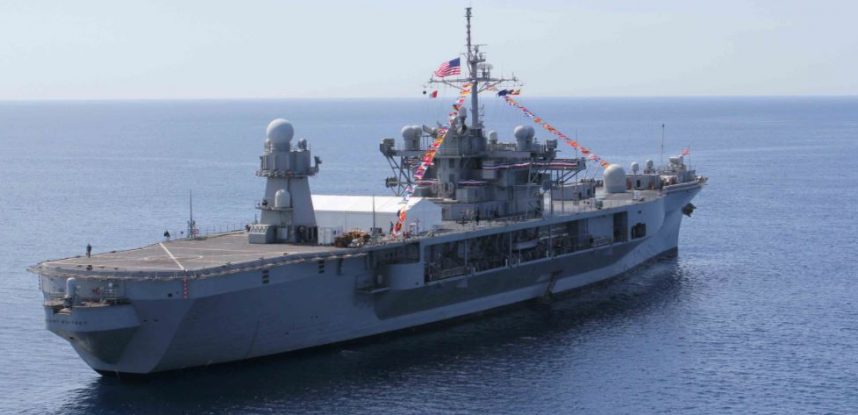Will sequestration increase the risk of counterfeit components in the supply chain?
Between Section 818 in the NDAA FY12 and the NDAA FY13 Amendment, the defense industry is highly aware of the risks of counterfeit components in the supply chain. As a rule, logistics teams know not to purchase parts off EBay but from authorized sources, or purchase directly from the manufacturer. They know about the SAE standards AS5553 and AS6081 for business processes and they know about guidelines for purchasing and authenticating components.
With all the additional measures, test requirements, audits, and ongoing collaborative discussion, the defense industry as a whole has invested a lot of time, effort, and thought into counterfeit avoidance and ending the “proliferation of counterfeit parts” in the supply chain. And we have seen some real gains towards this end.
All of these crucial measures take time and money. So what happens if the risk of counterfeits is on the rise, component lifecycles continue to shrink at alarming rates, and defense budgets go away?
The reality is that the defense systems we already have need to keep running. They aren’t getting upgraded. Programs that were put in place during the 1970s are having their lifecycles extended out another 20 years: the costs of ensuring authentic parts are going up and no one can afford redesign and recertification.
With sequestration and a lack of any funding, have our logistics teams been placed in an impossible situation? These systems need to be maintained, but there is no money to do it, and tighter and tighter regulations which determine how support for the systems can be achieved. Are we running the risk of leaving our troops and allies unsupported in cases of crisis because there are no more parts left? Unless we change how we think of supporting legacy systems and start acting proactively – we run the very real risk of losing the ground we have gained in our fight to end counterfeit proliferation.
Kaye & the GDCA Team




